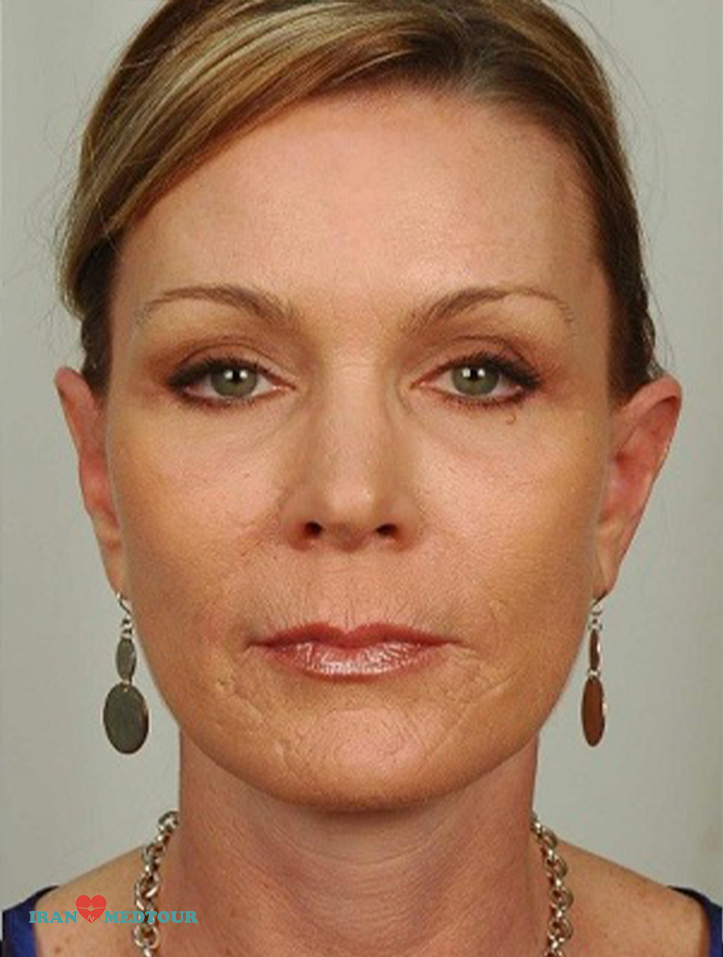Most people can study or watch television after a couple of days. Usually, contact lenses cannot be used for up to 2 to 3 weeks after surgery and the person should wear appropriate glasses. After a week to three days when all the sutures are removed and the area of the scar is almost healed, work can resume. From this time on, at the physician’s discretion, cosmetics may be used to hide the bruise and the incision. Usually, up to 2 to 3 weeks after surgery, the eyes are highly susceptible to the sun, severe wind, and dust. During this time, it is advisable to wear large sunglasses and special eye sunscreen. It is best to limit your activities for as long as 4-5 days and rest as much as possible, plus heavy activities (such as bending, lifting objects, and powerlifting) should be avoided for up to 3-4 weeks. These activities raise blood pressure and increase the risk of bleeding at the site of operation.
 English
English
 English
English
 English
English










